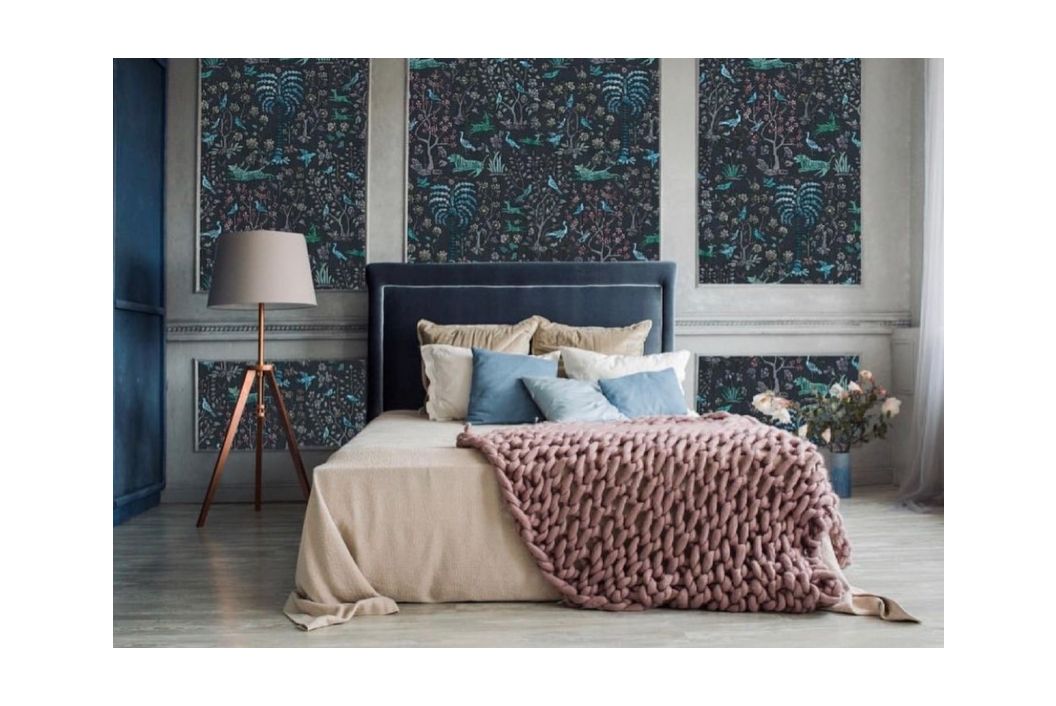
There are still places in this busy world where tlan(spirits) dance. The Vale’s latest collection, World’s End, is full of references to ancient spirituality, so let’s dive into some of the inspiration behind it. Today, we’ll visit the Mao Tai, in Guizhou province, to explore the folklore and culture of the Miao people.
Miao beliefs blend the worship of dab (ancestors) with a pantheon of neeb (household spirits), governed by shamen. The latter are thought to dwell in caves, standing stones, wells, bridges and often take on dragon forms, according to local literature. Some of these spirits include Saub, a prosperity deity, often invoked for help; similar to the Hindu remover of obstacles, Ganesha. Their folklore also tells of Siv Yis, the first shaman, and Ntxwj Nying and Nyuj Vaj Tuam Teem, the malicious kings of the underworld.
Miao folk beliefs and superstitions also play a massive role in villagers’ everyday lives. For example, if a bird builds a nest in the eaves of your roof, it’s time to move, and lunar eclipses are believed to be caused by frog spirits swallowing the moon. Miao people also believe illness is caused by evil spirits luring the soul from the body. This soul-stealing reverses when the soul walks through the front door of a house, which might explain why many pregnant Miao women are expected to come in by the back door, just in case.
A lot of Miao superstition revolves around keeping body and soul united. Like many hill tribe people in southeast Asia, they tie cotton strings around their wrists to stop evil spirits carrying off their souls when outside the protection of their dab. And, according to the Miao, the best way to avoid getting struck by lightning is to avoid drinking milk, rather than to avoid high places. These safeguarding rituals (as one might expect in a remote, mountainous region) extend even further to the town’s hunters, who wipe the blood from their quarry on their crossbows, to prevent sprained ankles and other injuries.
One of the best ways to explore Miao beliefs and culture is through their embroidery, which has a robust cultural style and local character. The Miao highly value embroidery skills, with practically every Miao woman using it to decorate clothes and bring good fortune to their wearers.
Miao embroidery is often influenced by cultural symbolism, mainly when depicting animals and plants. Familiar figures include unicorns, dragons, phoenixes, fish, frogs, birds and butterflies, each designed to express Miao aesthetic ideals. For example, a fish with a round head, fat body, a small mouth and big eyes is seen as incredibly beautiful because it chimes with Miao ideas of beauty.
It's uncertain how embroidery came to be so intertwined with Miao culture, but a local folk tale offers a possible explanation. According to local legend: in ancient times, the skirts worn by the Miao women and another nearby tribe were the same. One day, a mother and daughter decided they would sew a new kind of skirt only their village could wear, to make their people unique and please their ancestors. Walking home, full of excitement, they found a small, green flower on the mountain slope and used it as their inspiration. After working long into the night, they had made a beautiful embroidered skirt, as bright as the petals of the flower. When they showed the other Miao women, they all clapped their hands and set to work learning to sew the intricately sewed skirts, until every woman had her own.
Like the flower from the story, Miao embroidery is made up of exaggerated shapes, lines and vivid colours (chiefly reds, greens and blues) arranged in symmetrical, harmonious patterns. All of which we've tried to emulate in our Mao Tai fine linen from the World's End collection, with an added contemporary edge. Digitally printed in the style of Yaoban tie-dye techniques, a real traditional Miao skirt from the Vale archives inspires the pattern.
Find out more about the World's End collection here.

